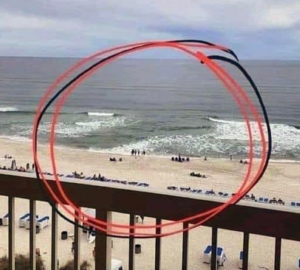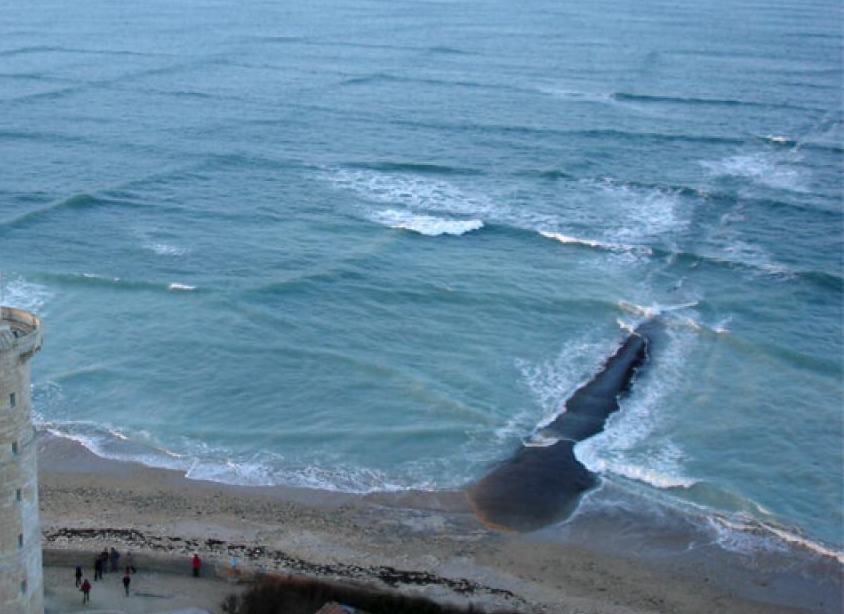As summer arrives, many eagerly anticipate basking in the sun’s warmth, treating themselves to ice cream, and diving into the ocean’s refreshing waters. However, amidst the excitement, it’s crucial, especially for those with more life experience, to maintain a profound reverence for Mother Nature.
Each year, unfortunate incidents occur where individuals overestimate their abilities or underestimate the ocean’s unpredictable nature, sometimes unaware of its inherent dangers. To safeguard ourselves and others, it’s vital to understand potential risks and take necessary precautions.

Among the most dangerous hazards in the ocean are strong currents, which pose a threat even to seasoned swimmers. When observing currents forming in a particular area, it’s imperative to refrain from entering the water there. These currents can quickly pull individuals away from the shore, rendering it challenging or impossible to swim back to safety.
Various factors contribute to the formation of these hazardous currents, including river currents and tidal changes. In some cases, these currents may not be visibly apparent from the shore, emphasizing the importance of educating ourselves about specific area hazards.

Safety should always remain our paramount concern. If uncertain about ocean conditions or the presence of currents, seeking guidance from local authorities or lifeguards is advisable. Their expertise ensures that they can offer guidance to keep beachgoers safe.
Let’s revel in the ocean’s marvels responsibly, respecting its immense power and prioritizing our safety above all else. Through knowledge and caution, we can savor summer’s delights and forge cherished memories that endure a lifetime..
How to Stay Safe in the Ocean
- Learn and Recognize Warning Signs:
Educating yourself about wave patterns, rip currents, and tidal changes can save lives. Always look for steep waves, unusual formations, and patterns indicating hidden currents. - Obey Local Warning Signs and Flags:
Be aware of lifeguard warnings, flags, and signboards at beaches. Authorities often place signs to warn visitors about dangerous tides, strong waves, or rip currents. - Never Swim Alone:
Swim with a buddy or under the supervision of a lifeguard. Having someone around ensures that someone can assist you in case of emergencies. - Learn Rip Current Survival Tips:
If caught in a rip current, don’t swim against it. Instead, swim parallel to the shore, follow the natural direction of the current, and focus on getting out of its grasp. Signal for help if needed.
Conclusion
The ocean’s surface may appear calm and serene, but beneath its beauty lies powerful forces capable of immense energy and danger. If you ever witness waves forming in unusual or dangerous patterns, it’s a clear sign to stay out of the water and prioritize safety. Nature’s mighty force, especially in the ocean, is a force to be respected and understood, not challenged.
By educating yourself on ocean patterns, recognizing warning signs, and following safety guidelines, you’re ensuring that your time by the sea remains enjoyable and safe. Remember, respecting the ocean means knowing its strengths, its dangers, and ultimately, prioritizing your safety and that of others.
SHARE this with your friends and with your people!

